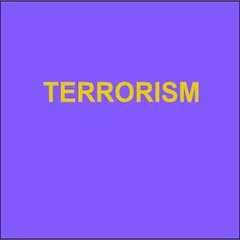By The International Crisis Group
What’s new? Since the Taliban takeover of Afghanistan in 2021, the Islamic State-Khorasan Province (IS-KP) has emerged as a major international security threat, orchestrating or inspiring attacks abroad following a Taliban clampdown on its home turf. Although its strikes have fallen in number in 2025, its offensive could resurge. Why does it matter? Despite the recent lull, IS-KP might reactivate commanders willing to carry out attacks abroad or coordinate with other ISIS branches to launch them. Even a small number of highprofile operations – such as the March 2024 mass shooting and arson in Moscow – can cause numerous deaths and have major international repercussions. What should be done? Coordination among security services has improved, particularly in intelligence sharing and rendition. There are strong reasons not to resort to military action, but more could be done in terms of collaborating with the Taliban and Syrian governments, redefining the global anti-ISIS coalition’s law enforcement role, and supporting Central Asian countries.
Crisis Group Asia Briefing N°183
Brussels: International Crisis Group, 2025. 28p.




